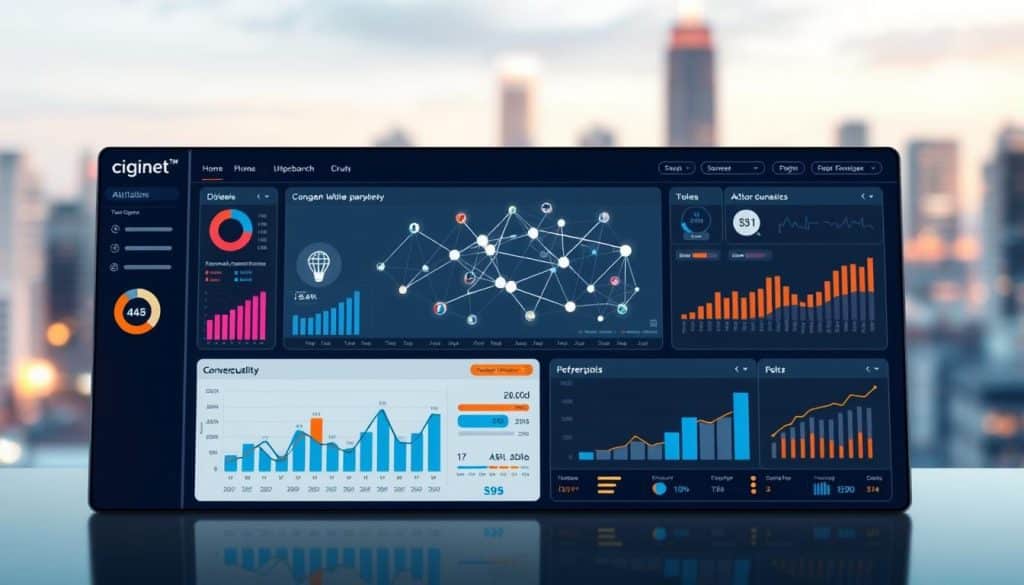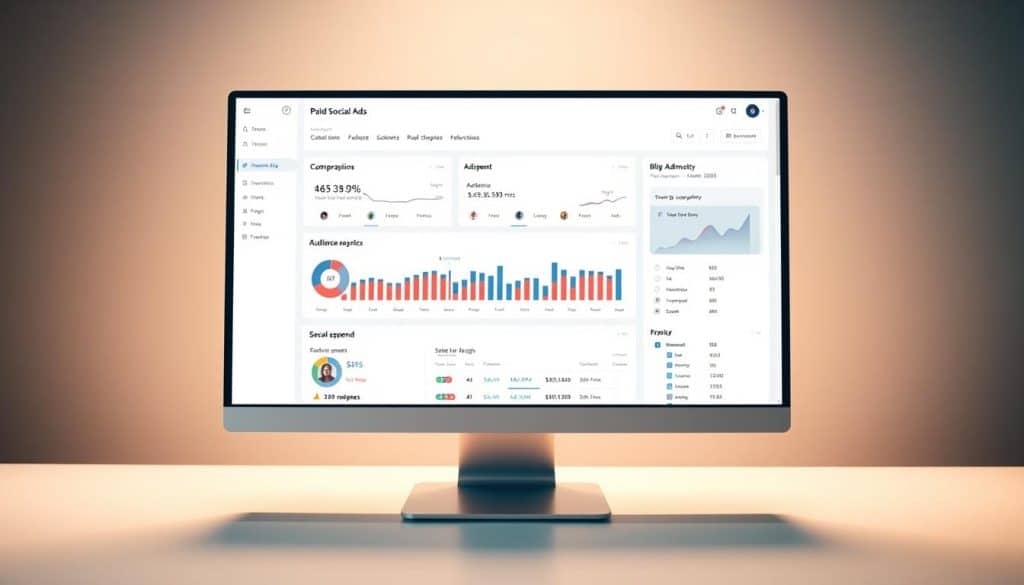Did you know a 1-second delay in loading time can cut conversions by 7% and bounce rates by 11%? Visitors leave slow websites quickly. Since 2010, Google has seen loading speed as a key ranking factor. This importance grew with their 2018 “Speed” update.
Website speed affects your online presence in many ways. Slow sites don’t just lose visitors; they rarely get them back. This tells search engines your content might not be worth it, which can lower your search ranking.
There are two main ways to measure website speed: “time to first byte” and “complete load time”. These metrics help search algorithms judge your site’s user experience.
For Canadian businesses, making your website faster is not just good—it’s necessary. Small speed boosts can greatly improve engagement and your standing against competitors.
User Experience & Web Design
Design That Converts!
A seamless user experience means more engagement and sales. Let’s make your website unforgettable!
Key Takeaways
- A 1-second delay in loading time can reduce conversions by 7% and increase bounce rates by 11%
- Google has used loading velocity as a ranking factor since 2010, with increased importance after the 2018 update
- Both “time to first byte” and “complete load time” affect search rankings
- Slow websites negatively impact user experience and send poor quality signals to search engines
- Canadian businesses must prioritize website responsiveness to remain competitive in search results
- Even minor improvements in loading times can yield significant SEO benefits
Understanding Page Speed and Its Impact on SEO
Page speed is key to SEO success. Let’s explore ways to make your site load faster and boost your SEO.
Begin by using tools like Google PageSpeed Insights or GTmetrix. They help spot problems and suggest fixes.
Images are often the biggest weight on your site. Compressing and sizing them right can cut load times. TinyPNG or ShortPixel can help keep quality high.
Caching makes your site quicker for repeat visitors. It stores parts of your page locally. This simple trick can greatly improve your site’s performance.
For global reach, a Content Delivery Network (CDN) is essential. It stores your site on servers around the world. This means faster content delivery to users.
Mobile-friendly sites are now a must. Google favors mobile-first indexing, affecting your rankings. Responsive design ensures your site works on all devices.
Speed boosts have helped many clients see better rankings and more conversions. Page speed is crucial for user happiness and business success online.
FAQ
What is page speed and why is it important for SEO?
Page speed is how fast your website loads for users. It’s key for SEO because Google uses it to rank sites. Since 2018, it’s even more important, thanks to mobile searches.






